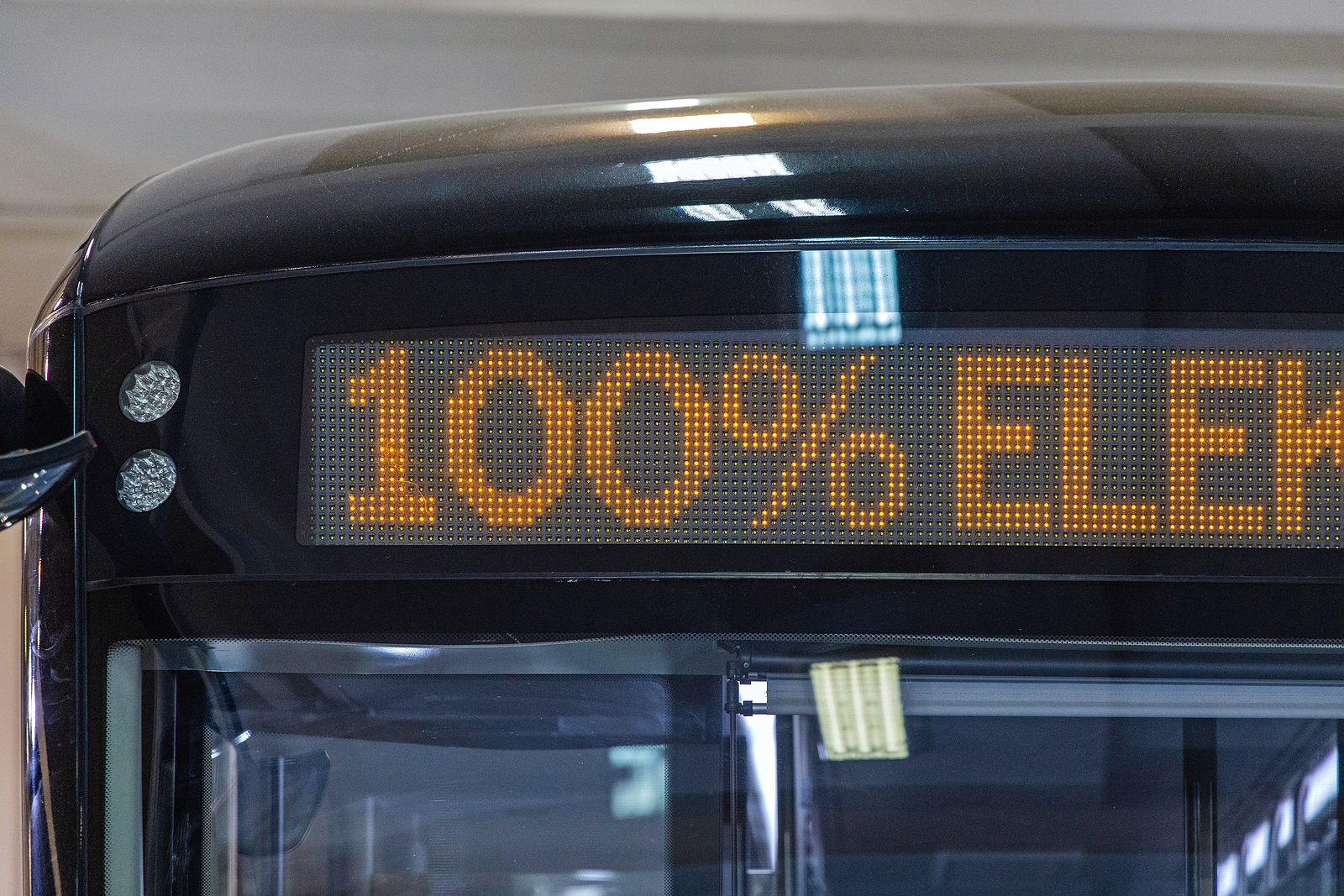During the past decade, digital signage has been widely used throughout the public transport sector, to the extent that it would be difficult to imagine the safe and effective operation of trains, buses, and planes without it. Here are just a few examples of how LED displays are used in our transport systems.
To provide up to date information
One of the biggest challenges faced by transport operators is keeping customers informed about schedules, including any potential delays and disruptions to normal service. Digital LED screens can be used to display real time information, so that passengers can be instantly alerted to timetable changes.
This could be regarding platform arrival and departure times or changes to the previously advertised platform. This helps passengers to plan their journeys and keep other parties informed of any delays, for example taxis booked to take them to their onward location, or just to call ahead and let people who may be expecting their arrival know of the updates.
To display public safety information
Transport hubs are high risk places, from potential accidents when stepping from or embarking onto vehicles to terror related threats. Digital signage can be used to keep passengers better informed about risks, and to instruct them what to do should an emergency situation arise.
To provide advertising revenue
Digital signs can be programmed to display rotating targeted advertising messages where and when commuters are most likely to be receptive to them. For example, a food vendor selling breakfast, lunch and snacks can buy advertising space during the peak morning rush hour for typical breakfast foods such as egg and bacon rolls and coffee.
This can be updated at lunchtime to advertise baguettes or sandwiches, and so on. Sophisticated research into demographics and footfall mean that dynamic advertising is highly effective and can generate a good return on investment.

